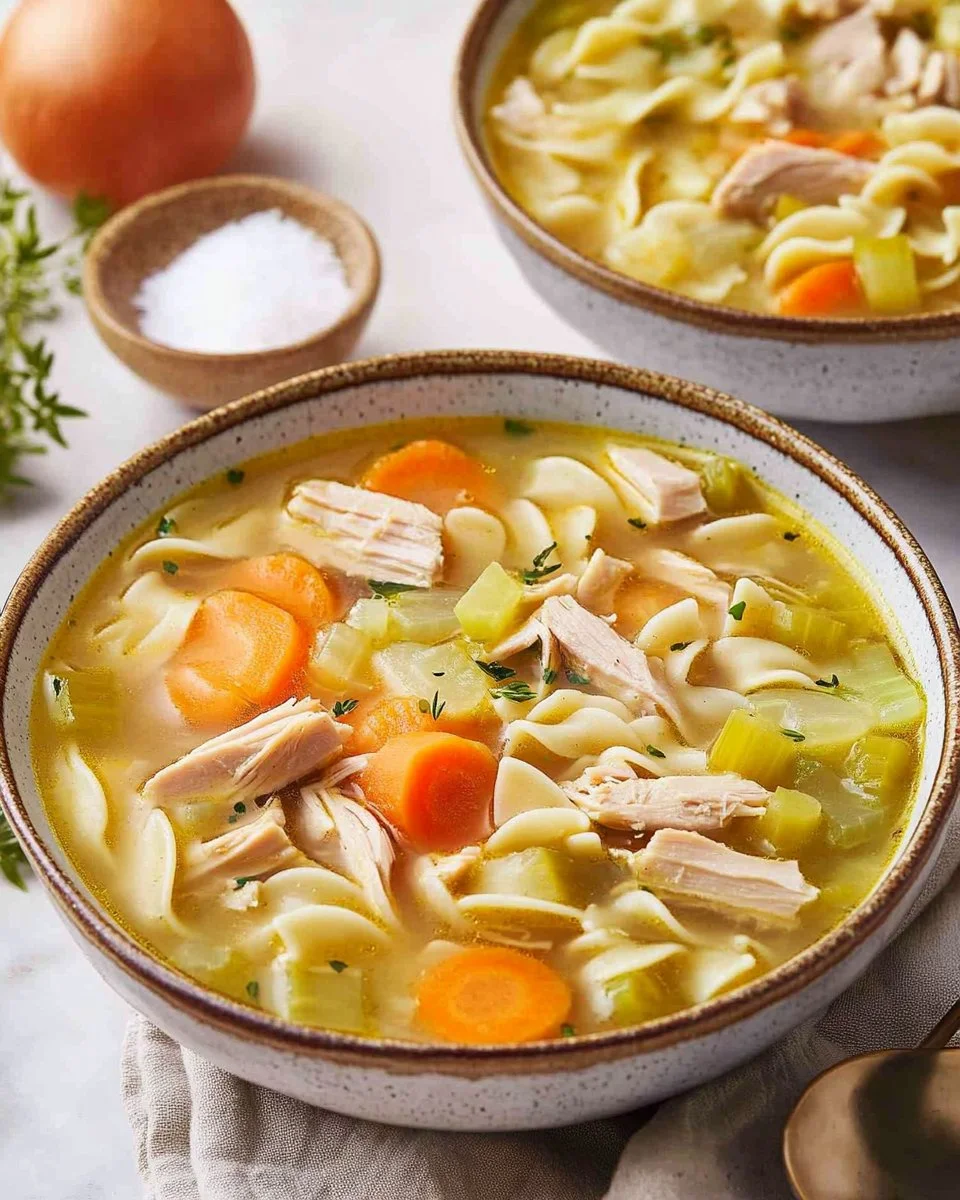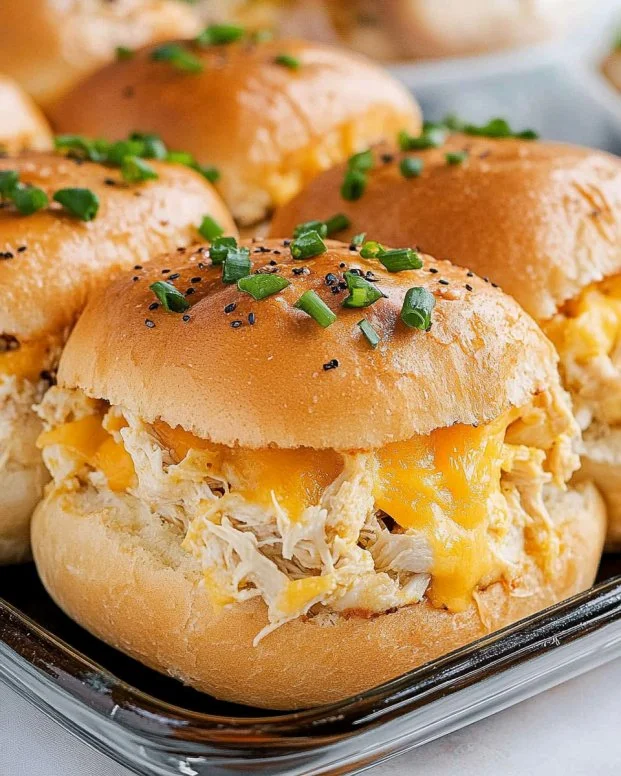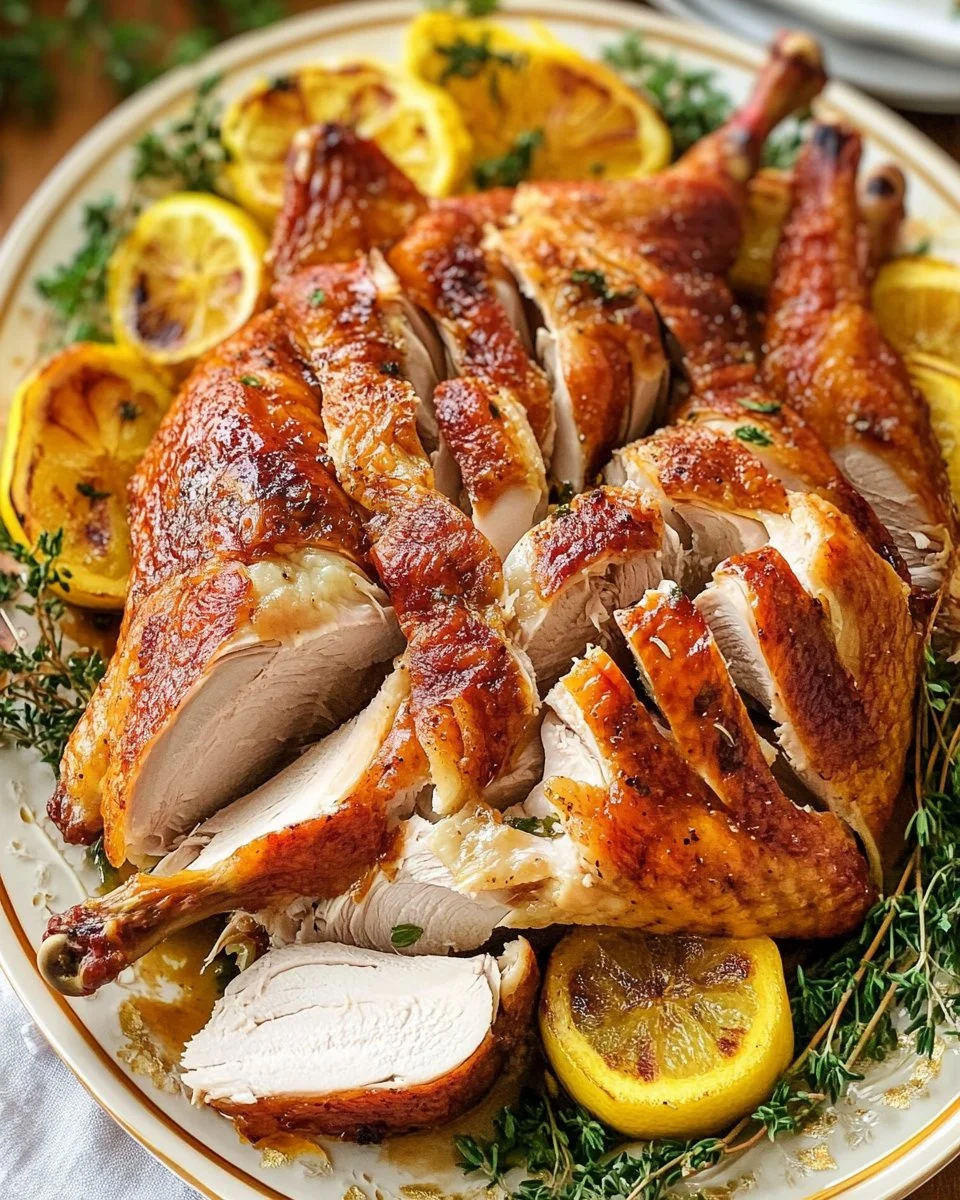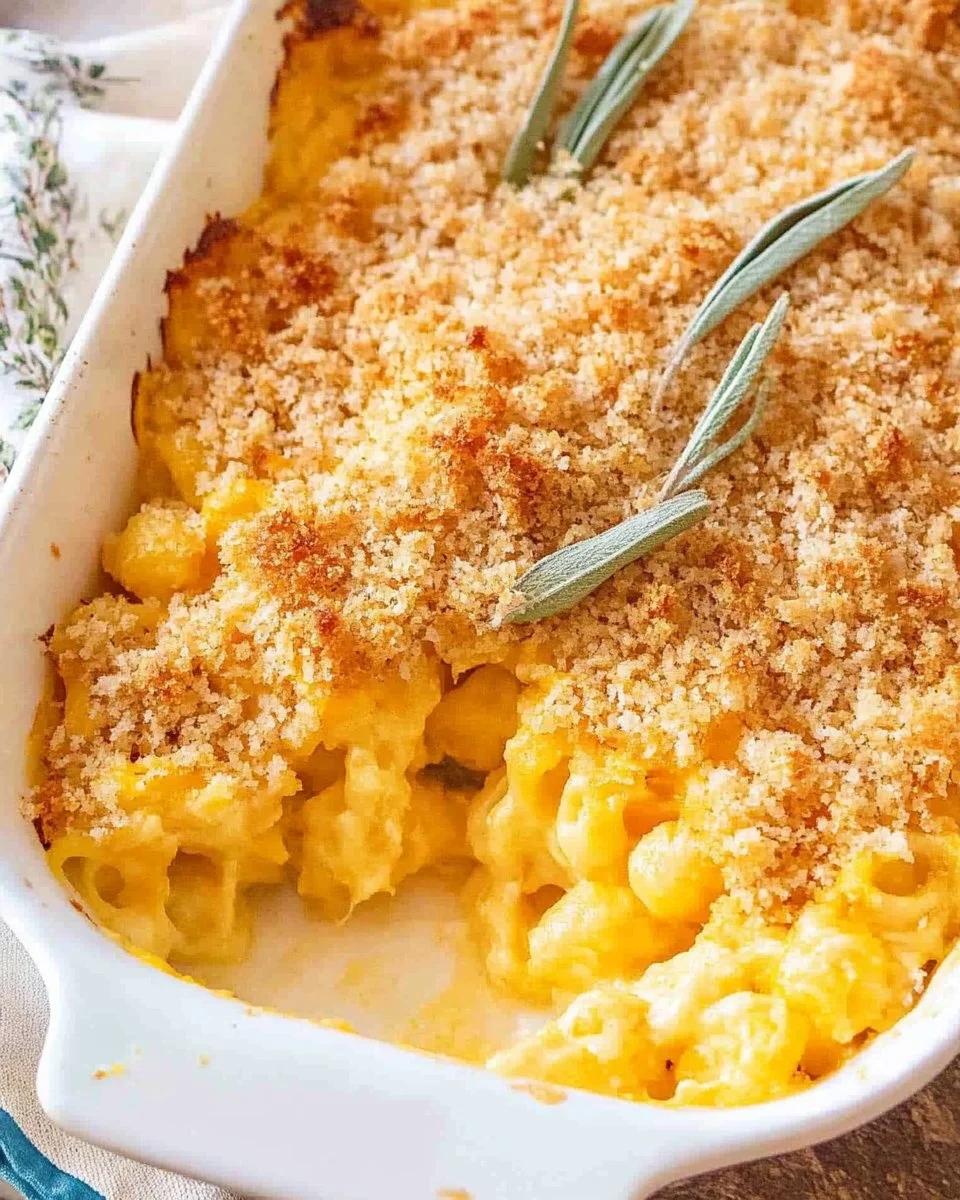Okay, let’s be honest, who doesn’t love peanut butter cookies? They’re a classic for a reason! But if you’re living that keto life, traditional peanut butter cookies are a big no-no. Packed with sugar and carbs, they’ll kick you right out of ketosis. But don’t worry, you don’t have to give up your peanut butter cookie dreams! I’m here to tell you that amazing, delicious, and totally satisfying keto peanut butter cookies are possible. And even better? I’ve got some secrets to share that will make them the best you’ve ever had, keto or not.
Why Traditional Peanut Butter Cookies Don’t Work on Keto
So, why can’t you just grab a regular peanut butter cookie recipe, swap out the sugar for a keto-friendly sweetener, and call it a day? Well, it’s a little more complicated than that. Let’s break down the science.
The Problem with Sugar and Carbs in Standard Recipes
Traditional cookie recipes rely heavily on sugar, not just for sweetness, but also for texture. Sugar helps create that soft, chewy goodness we all love. And, of course, sugar is a carbohydrate, the arch-nemesis of the keto diet. The ketogenic diet is all about drastically reducing carbs to force your body to burn fat for fuel instead of glucose (sugar). So, that mountain of sugar in a regular cookie? A total deal-breaker.
Understanding the Role of Gluten in Baking
Another key player in traditional baking is gluten. Gluten is a protein found in wheat flour, and it’s what gives cookies (and bread, and cakes) their structure. It creates a network that traps air bubbles, resulting in a light and airy texture. But, again, wheat flour is a major source of carbs, so it’s off-limits on keto.
How do you make keto peanut butter cookies less crumbly?
This is a question that pops up all the time! Crumbly cookies are a common problem, especially in keto baking, because we’re removing those key structural elements (sugar and gluten). The good news is, there are solutions! We’ll get to those “secrets” in just a bit, but it mainly comes down to using the right combination of alternative ingredients and techniques.
Mastering the Ingredients for the Best Keto Peanut Butter Cookies
Now that we know why we need to change things up, let’s talk about what we need to use instead. Choosing the right ingredients is crucial for keto baking success.
Choosing the Right Keto-Friendly Sweetener
There are tons of keto-friendly sweeteners out there, but they’re not all created equal. Some have a weird aftertaste, some don’t bake well, and some can even cause digestive issues. Here’s a quick rundown of the most popular options:
- Erythritol: This is a sugar alcohol that’s very popular in keto baking. It has almost no calories and doesn’t impact blood sugar. It can sometimes have a cooling sensation in the mouth, but it’s generally well-tolerated.
- Monk Fruit: This is a natural sweetener derived from the monk fruit. It’s zero-calorie and doesn’t raise blood sugar. It’s often blended with erythritol to reduce any potential aftertaste.
- Stevia: Another natural sweetener, stevia comes from the stevia plant. It’s very potent, so you only need a tiny amount. However, some people find it has a bitter aftertaste.
- Allulose: Is a “rare sugar” that tastes and performs more similar to regular sugar.
My personal favorite for keto peanut butter cookies is a blend of erythritol and monk fruit. It provides the best balance of sweetness, texture, and minimal aftertaste.
Flour Power: Almond Flour vs. Coconut Flour vs. Blends
Since we can’t use wheat flour, we need a keto-friendly alternative. The two most common are almond flour and coconut flour.
- Almond Flour: This is made from finely ground almonds. It has a slightly nutty flavor and creates a tender crumb in baked goods. It’s my go-to for keto peanut butter cookies. Make sure to use super-fine almond flour for the best texture.
- Coconut Flour: This is made from dried, ground coconut meat. It’s very absorbent, so you need to use much less of it than almond flour. It can also have a slightly coconutty flavor, which some people like and some don’t.
- Blends: Some recipes use a combination of almond and coconut flour to get the best of both worlds.
I find that almond flour alone works best for that classic peanut butter cookie texture.
Binding Agents: Eggs, Xanthan Gum, and Other Options
Since we’re ditching gluten, we need something to hold our cookies together. Eggs are a great natural binder, and they also add moisture and richness. Some recipes also use xanthan gum, a food additive that acts as a thickener and stabilizer. A little goes a long way!
What is the best low carb flour for cookies?
As mentioned above, super-fine almond flour is generally the best choice for keto peanut butter cookies. It provides the closest texture to traditional cookies and has a mild flavor that doesn’t overpower the peanut butter.
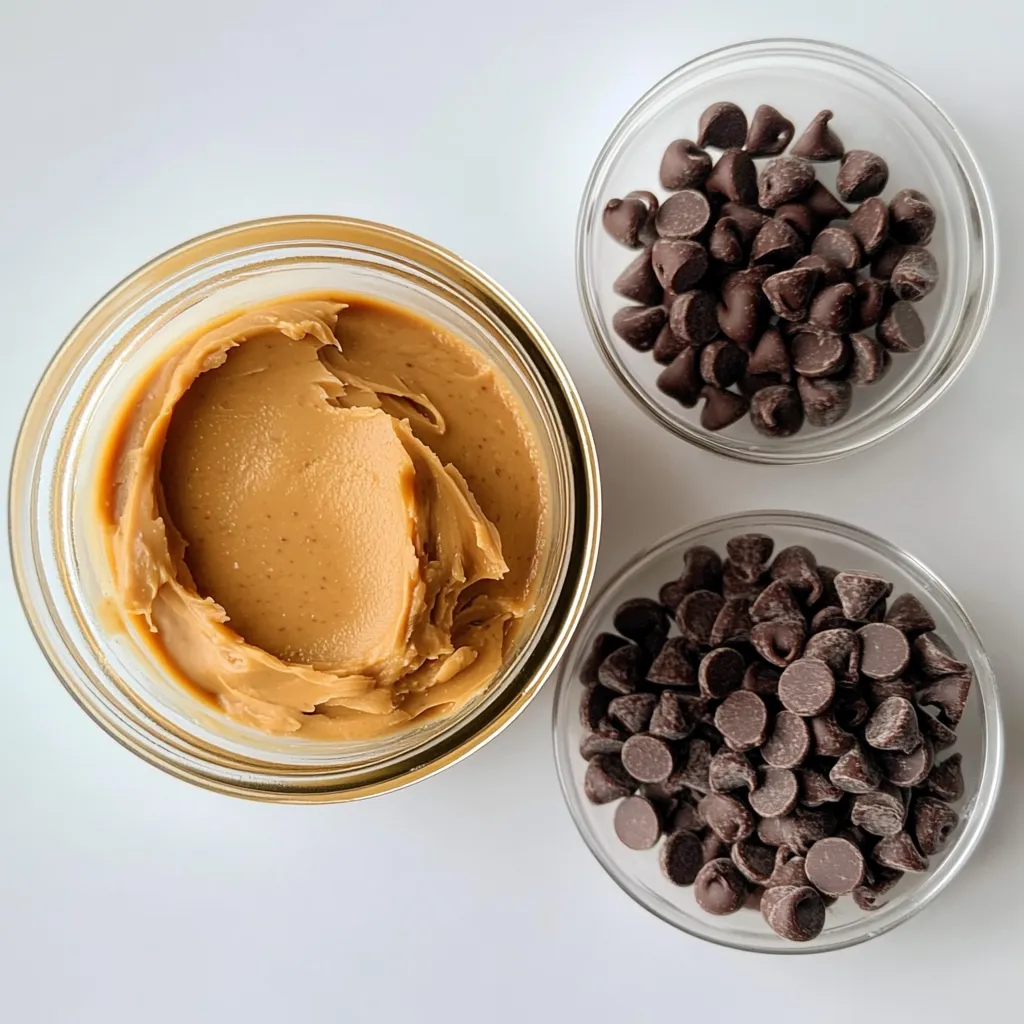
4 Must-Try Secrets for Keto Peanut Butter Cookies Perfection!
Okay, here’s the part you’ve been waiting for – the secrets! These are the tips and tricks that will take your keto peanut butter cookies from “meh” to “OMG!”
Secret #1: The Perfect Sweetener Ratio for Authentic Flavor
The key here is to not over-sweeten. Keto sweeteners can sometimes be too sweet, and you want the peanut butter flavor to shine. I recommend starting with a slightly smaller amount of sweetener than you think you need, and then tasting the dough (it’s safe to eat since there’s no raw wheat flour!). You can always add more, but you can’t take it away.
Secret #2: Mastering Texture: The Key to Chewy (or Crispy) Cookies
The texture of your cookies depends on a few factors:
- Sweetener Type: Erythritol tends to create a slightly crisper cookie, while allulose can make for a chewier.
- Baking Time: Slightly underbaking will result in a chewier cookie, while baking longer will make them crisper.
- Fat Content: A little extra peanut butter or butter can also contribute to chewiness.
Experiment to find your perfect texture!
Secret #3: Preventing Crumbliness: Binding and Moisture Tricks
This is where the eggs and xanthan gum (if using) come in. Make sure your eggs are at room temperature, as this helps them emulsify better with the other ingredients. If your dough seems too dry, you can add a tablespoon of unsweetened almond milk or even a little extra peanut butter.
Secret #4: Enhancing Flavor: Extracts, Spices, and Add-ins
Don’t be afraid to get creative! A little vanilla extract is classic, but you can also try adding:
- A pinch of cinnamon or nutmeg
- A dash of almond extract
- Sugar-free chocolate chips
- Chopped nuts (pecans or walnuts are great)
Step-by-Step: Baking the Best Keto Peanut Butter Cookies
Now, let’s put it all together! Here’s a basic recipe, incorporating the secrets we’ve discussed:
Preparing the Dough: Mixing Techniques for Optimal Results
- Cream together the softened butter (or coconut oil), peanut butter, and sweetener until light and fluffy.
- Beat in the egg(s) and vanilla extract.
- In a separate bowl, whisk together the almond flour, xanthan gum (if using), baking soda, and salt.
- Gradually add the dry ingredients to the wet ingredients, mixing until just combined. Don’t overmix!
- Stir in any add-ins (chocolate chips, nuts, etc.).
Baking Time and Temperature: Achieving the Perfect Golden Brown
- Preheat your oven to 350°F (175°C).
- Roll the dough into balls and place them on a baking sheet lined with parchment paper.
- Flatten the cookies with a fork in a criss-cross pattern (this is classic for peanut butter cookies!).
- Bake for 10-12 minutes, or until the edges are golden brown. Keep a close eye on them – they can burn quickly!
Cooling and Storage: Keeping Your Cookies Fresh
- Let the cookies cool on the baking sheet for a few minutes before transferring them to a wire rack to cool completely.
- Store the cooled cookies in an airtight container at room temperature for up to a week, or in the freezer for longer storage.
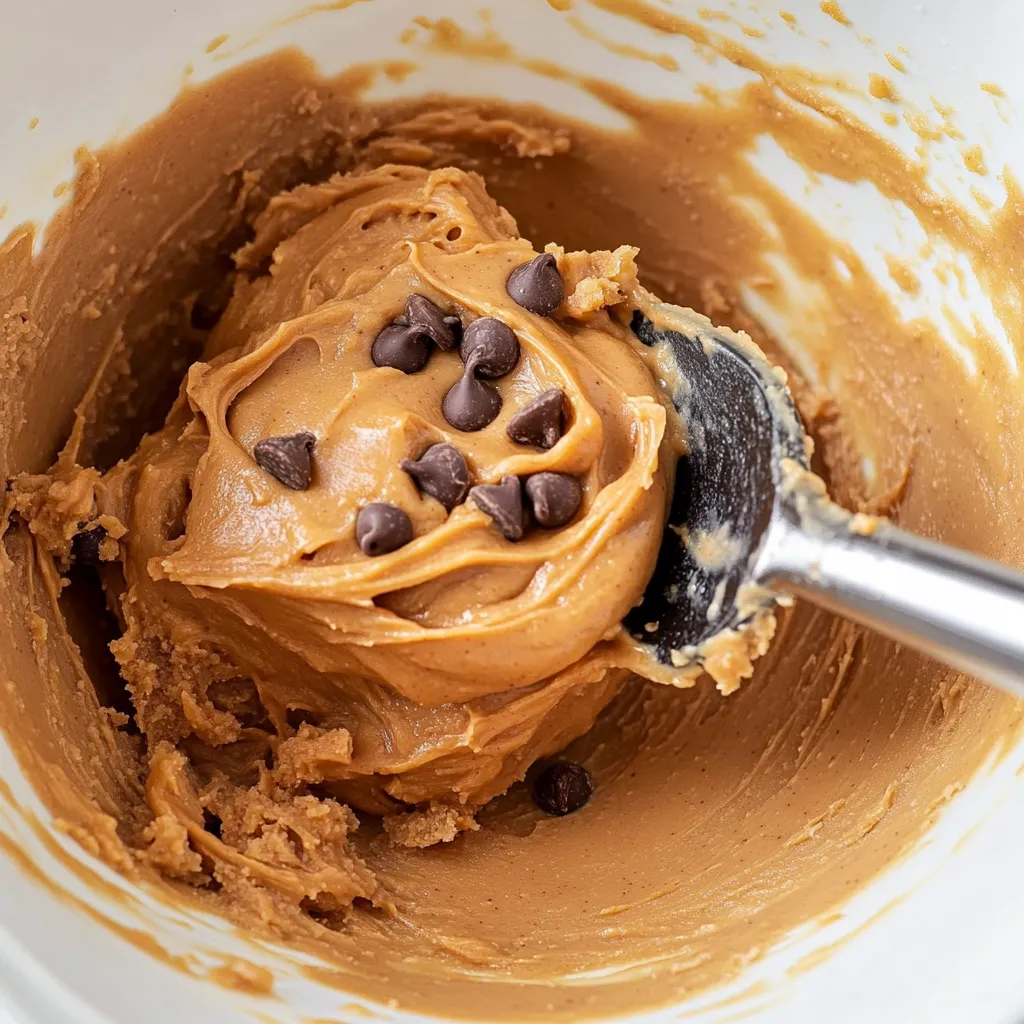
Keto Peanut Butter Cookie Variations and Customizations
Once you’ve mastered the basic recipe, the possibilities are endless!
Chocolate Chip Keto Peanut Butter Cookies
Simply add sugar-free chocolate chips to the dough. Lily’s Sweets is a popular brand for keto-friendly chocolate chips.
Peanut Butter Blossom Cookies
Roll the dough balls in granulated erythritol before baking. After baking, press a sugar-free chocolate square (like ChocZero) into the center of each cookie while they’re still warm.
No-Bake Keto Peanut Butter Cookie Options
There are also great no-bake recipes that combine peanut butter, sweetener, almond flour, and coconut oil. These are perfect for a quick and easy treat!
Adding Crunch: Nuts, Seeds, and Other Textural Elements
Chopped peanuts, walnuts, pecans, or even chia seeds can add a satisfying crunch to your cookies.
Troubleshooting Common Keto Peanut Butter Cookie Problems
Even with the best recipes, things can sometimes go wrong. Here are some common issues and how to fix them:
Why Are My Cookies Too Crumbly?
This is probably the most common complaint. It usually means you either didn’t use enough binder (eggs or xanthan gum), your dough was too dry, or you used too much flour.
My Cookies Are Too Dry – What Did I Do Wrong?
This could be due to overbaking, using too much coconut flour, or not enough fat in the recipe.
Preventing Cookies from Spreading Too Much
Chilling the dough for at least 30 minutes before baking can help prevent spreading. Also, make sure you’re not using too much sweetener, as this can also cause spreading.
Can you use regular peanut butter in keto cookies?
No! Regular peanut butter usually contains added sugar, which will add carbs and defeat the purpose of making them keto. Stick to natural, no-sugar-added peanut butter.
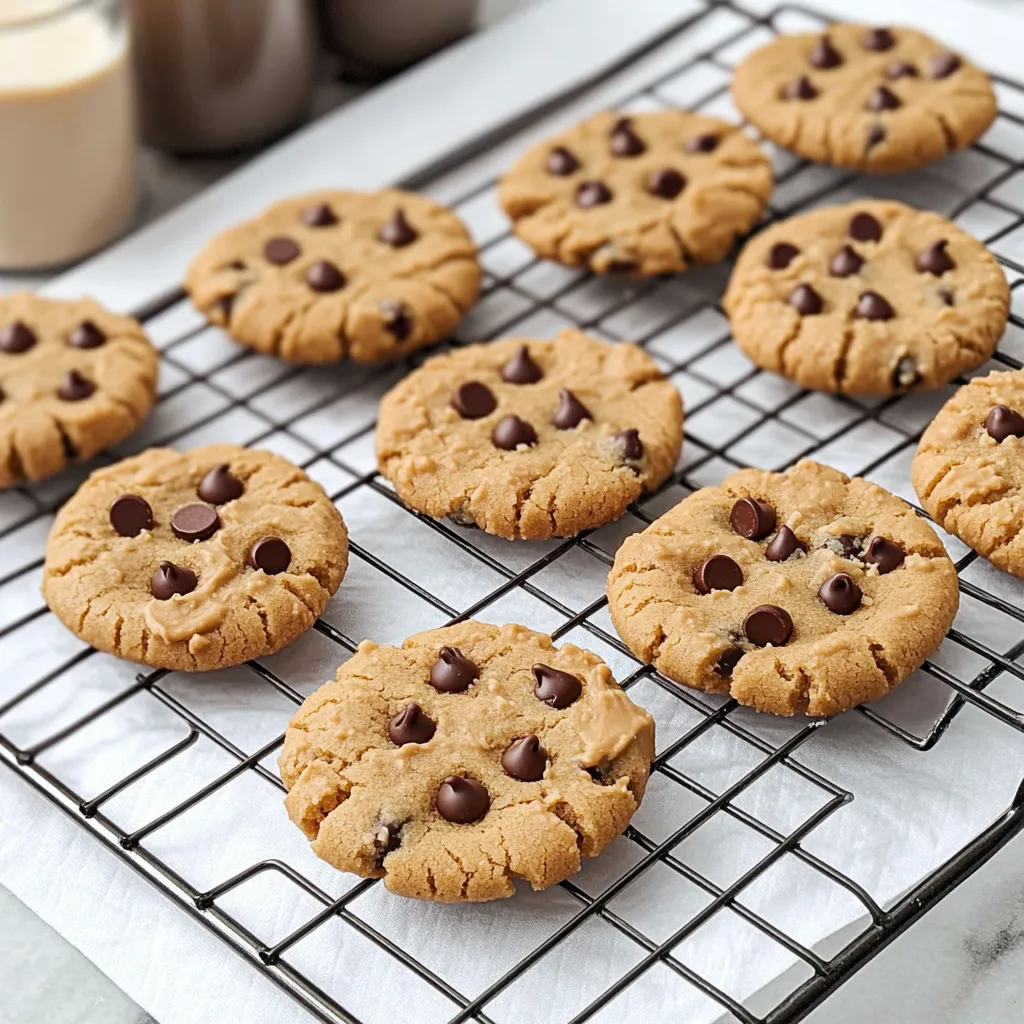
Advanced Techniques for Keto Peanut Butter Cookie Mastery
Ready to take your cookie game to the next level?
Chilling the Dough: Does It Really Make a Difference?
Yes! Chilling the dough allows the flavors to meld and the flour to fully hydrate, resulting in a better texture and preventing spreading.
Using a Cookie Scoop for Uniform Size and Baking
A cookie scoop ensures that all your cookies are the same size, which means they’ll bake evenly.
Decorating Keto Peanut Butter Cookies: Frosting, Drizzles, and More
You can make a simple keto-friendly frosting with cream cheese, sweetener, and a little vanilla extract. Or, drizzle melted sugar-free chocolate over the cooled cookies.
Keto Peanut Butter Cookies FAQ
Let’s tackle some common questions:
Can I Freeze Keto Peanut Butter Cookie Dough?
Absolutely! You can freeze the dough balls before baking, or freeze the baked cookies.
How Long Do Keto Peanut Butter Cookies Last?
Stored properly, they’ll last for about a week at room temperature, or several months in the freezer.
Are Keto Peanut Butter Cookies Healthy?
They’re certainly healthier than traditional peanut butter cookies, as they’re low in sugar and carbs. But they’re still a treat, so enjoy them in moderation!
What can I use instead of peanut butter in cookies?
If you have a peanut allergy, you can use other nut butters like almond butter or cashew butter.
Are peanut butter cookies good for weight loss?
While keto peanut butter cookies are a better option than traditional cookies if you’re watching your carb intake, they are still calorie-dense. Weight loss depends on overall calorie intake and expenditure.
Conclusion
There you have it! You’re now armed with all the knowledge and secrets you need to bake the most amazing keto peanut butter cookies ever. Remember the key takeaways: use quality ingredients, don’t be afraid to experiment, and most importantly, have fun!

